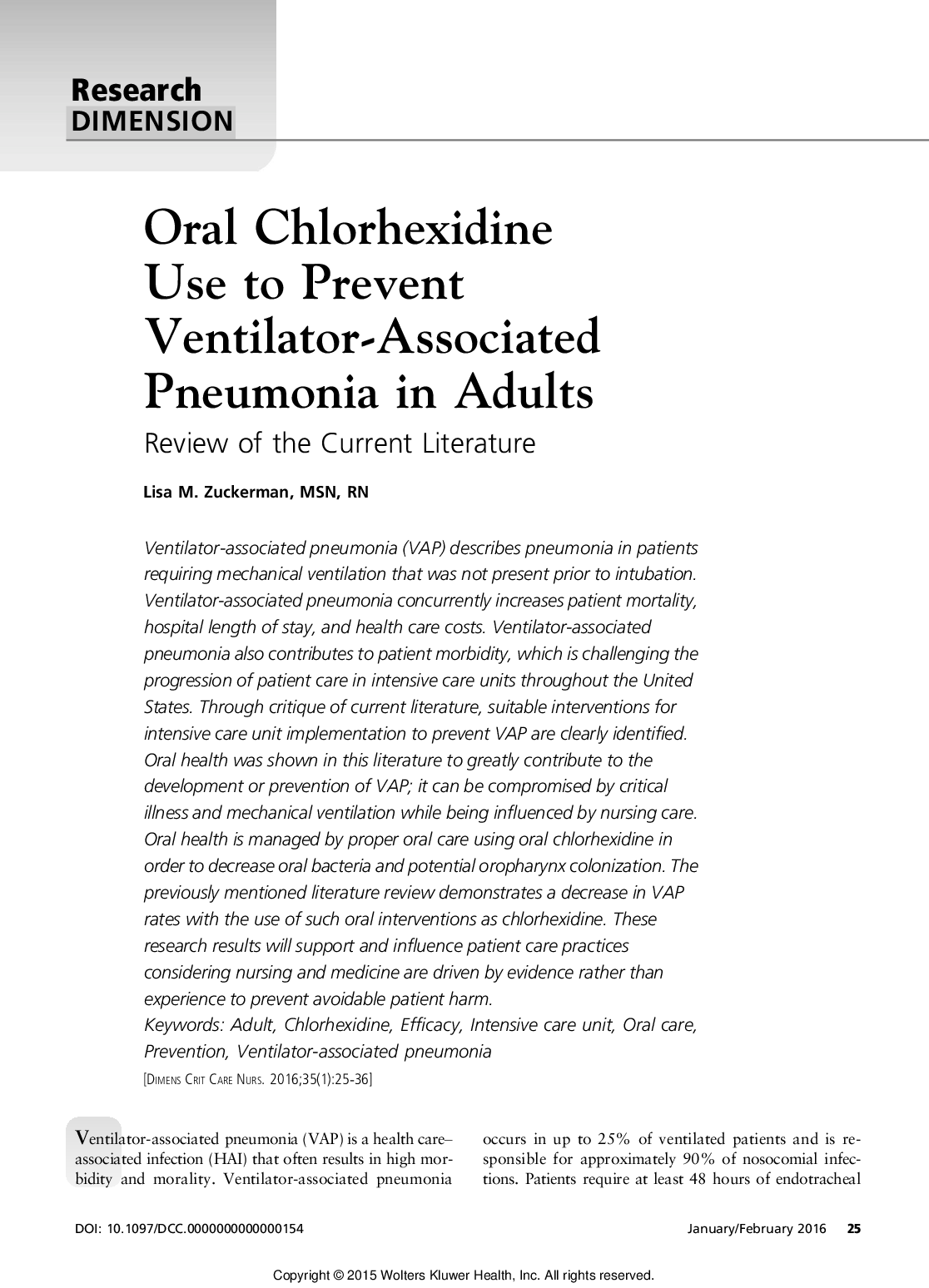*NURSING > Study Notes > Chamberlain College of Nursing - PATHOPHYSI NR 507WK5TD1: Week 5: Alterations in Endocrine Function (All)
Chamberlain College of Nursing - PATHOPHYSI NR 507WK5TD1: Week 5: Alterations in Endocrine Function - Discussion Part One (THREAD DISCUSSION AND RESPONSES)
Document Content and Description Below
Week 5: Alterations in Endocrine Function - Discussion Part One Loading... This week's graded topics relate to the following Course Outcomes (COs). 1 Analyze pathophysiologic mechanisms associated ... with selected disease states. (PO 1) 2 Differentiate the epidemiology, etiology, developmental considerations, pathogenesis, and clinical and laboratory manifestations of specific disease processes. (PO 1) 3 Examine the way in which homeostatic, adaptive, and compensatory physiological mechanisms can be supported and/or altered through specific therapeutic interventions. (PO 1, 7) 4 Distinguish risk factors associated with selected disease states. (PO 1) 5 Describe outcomes of disruptive or alterations in specific physiologic processes. (PO 1) 6 Distinguish risk factors associated with selected disease states. (PO 1) 7 Explore age-specific and developmental alterations in physiologic and disease states. (PO 1, 4) Ms. Blake is an older adult with diabetes and has been too ill to get out of bed for 2 days. She has had a severe cough and has been unable to eat or drink during this time. She has a history of Type I diabetes. On admission her laboratory values show: Sodium (Na+) 156 mEq/L Potassium (K+) 4.0 mEq/L Chloride (Cl–) 115 mEq/L Arterial blood gases (ABGs) pH- 7.30; Pco2-40; Po2-70; HCO3-20 Normal values Sodium (Na+) 136-146 mEq/L Potassium (K+) 3.5-5.1 mEq/L Chloride (Cl–) 98-106 mEq/L Arterial blood gases (ABGs) pH- 7.35-7.45 Pco2- 35-45 mmHg Po2-80-100 mmHg HCO3–22-28 mEq/L • List five (5) reasons on why she may have become bed ridden? • Based on these reasons what tests would you order? • Describe the molecular mechanism of the development of ketoacidosis. Week 5: Alterations in Endocrine Function - Discussion Part One Loading... This week's graded topics relate to the following Course Outcomes (COs). 1 Analyze pathophysiologic mechanisms associated with selected disease states. (PO 1) 2 Differentiate the epidemiology, etiology, developmental considerations, pathogenesis, and clinical and laboratory manifestations of specific disease processes. (PO 1) 3 Examine the way in which homeostatic, adaptive, and compensatory physiological mechanisms can be supported and/or altered through specific therapeutic interventions. (PO 1, 7) 4 Distinguish risk factors associated with selected disease states. (PO 1) 5 Describe outcomes of disruptive or alterations in specific physiologic processes. (PO 1) 6 Distinguish risk factors associated with selected disease states. (PO 1) 7 Explore age-specific and developmental alterations in physiologic and disease states. (PO 1, 4) Discussion The patient is an older adult and has been ill for two days. She has a severe cough and not able to eat or drink. She has type I diabetes. Labs: Sodium is 156 mEq/L, normal is: 136-146, Chloride 115 mEq/L, normal is: 98-106, pH 7.30, normal is 7.35-7.45, little low, Po2- 70, is low, normal 80-100, HC03 low at 20, normal 22-28. The patient has: High sodium at 156, high chloride at 115. Low Ph 7.30, Low, Po2 (partial pressure of oxygen) is 70, HC03 (bicarbonate) is 20, low References DynaMed [Internet]. Ipswich, MA: EBSCO Information Services. 1995-. Record No. 115027, Diabetic ketoacidosis (DKA) in adults; [updated 2016 May 06]; Available from http://search.ebscohost.com.proxy.chamberlain.edu:8080/login.aspx? direct=true&db=dnh&AN=115027&site=dynamed-live&scope=site. Registration and login required Kishore, P. (2014). Diabetic Ketoacidosis (DKA). In Merck Manual online. Retrieved from http://www.merckmanuals.com/professional/endocrineand-metabolic-disorders/diabetes-mellitus-and-disorders-of-carbohydrate-metabolism/diabetic-ketoacidosis-dka Jones, R.E, (2014). Alterations in Hormonal Regulation. In McCance, K. L., Huether, S. E., Brashers, V. L., & Rote, N. S. (Eds.), Pathophysiology: The biologic basis for disease in adults and children (7th ed., pp. 744, 745). St. Louis, MO: Mosby. Westerberg, D. P. (2013). Diabetic ketoacidosis; evaluation and treatment. American Family Physician, 87(5), 337-346 [Show More]
Last updated: 2 years ago
Preview 1 out of 19 pages

Buy this document to get the full access instantly
Instant Download Access after purchase
Buy NowInstant download
We Accept:

Reviews( 0 )
$11.00
Can't find what you want? Try our AI powered Search
Document information
Connected school, study & course
About the document
Uploaded On
Jul 06, 2020
Number of pages
19
Written in
Additional information
This document has been written for:
Uploaded
Jul 06, 2020
Downloads
0
Views
107

.png)
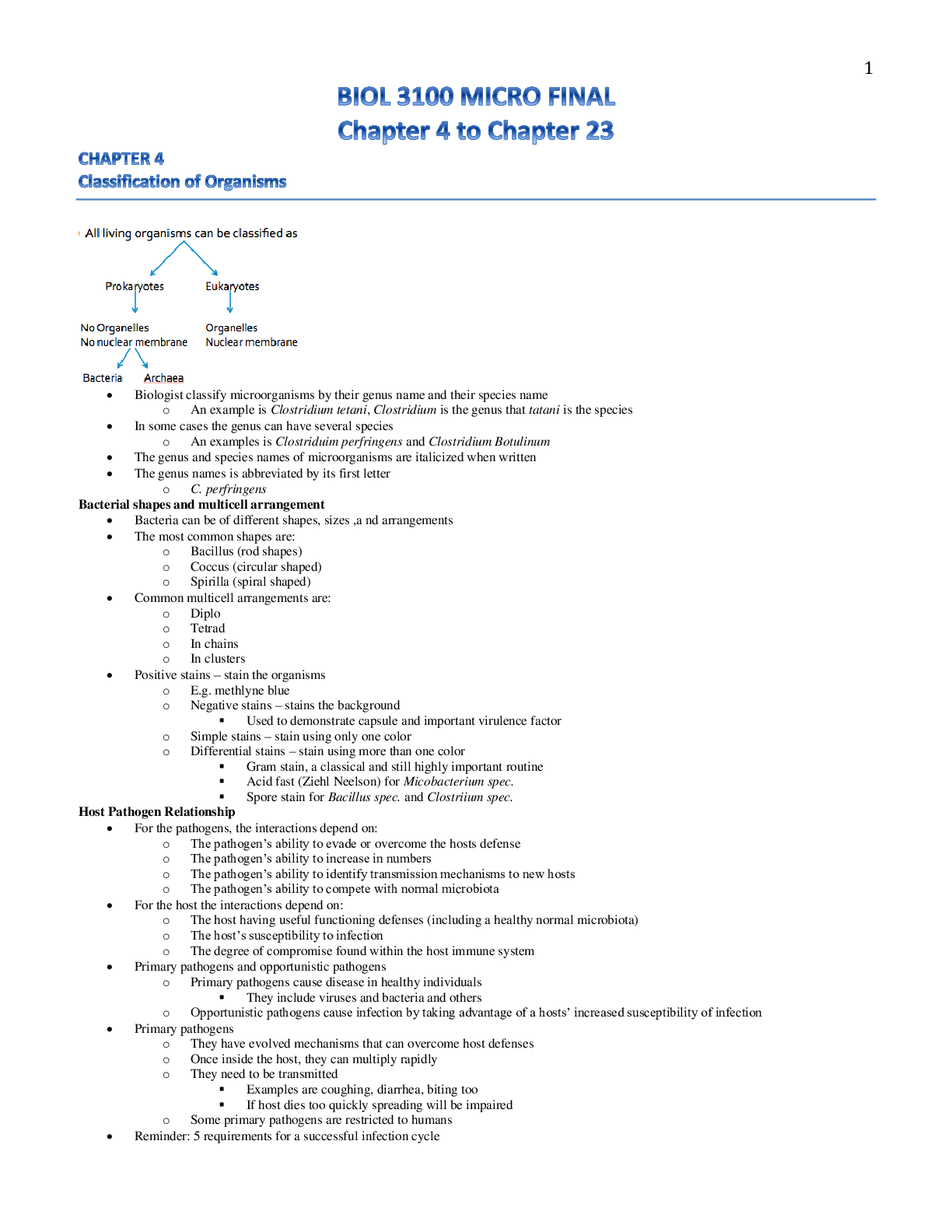

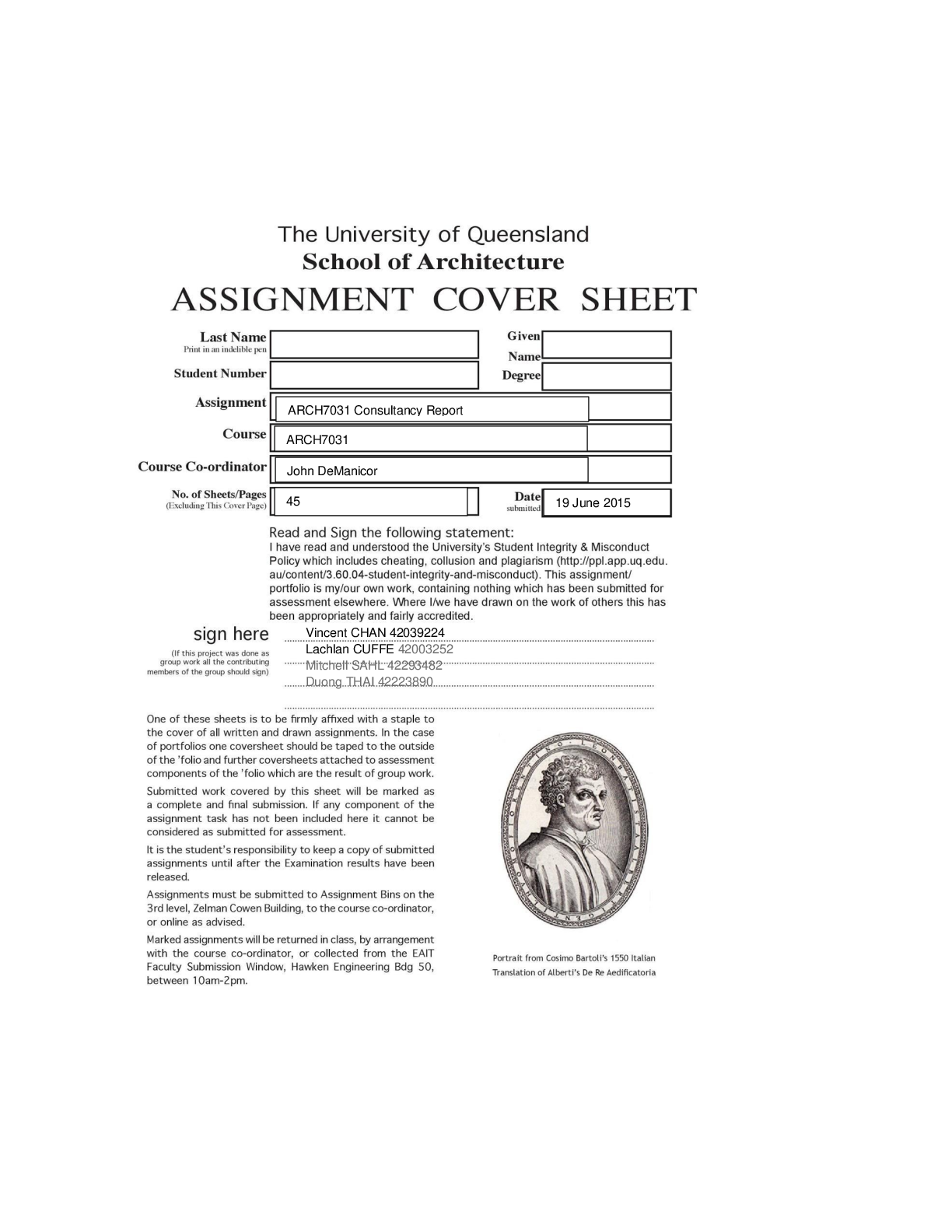


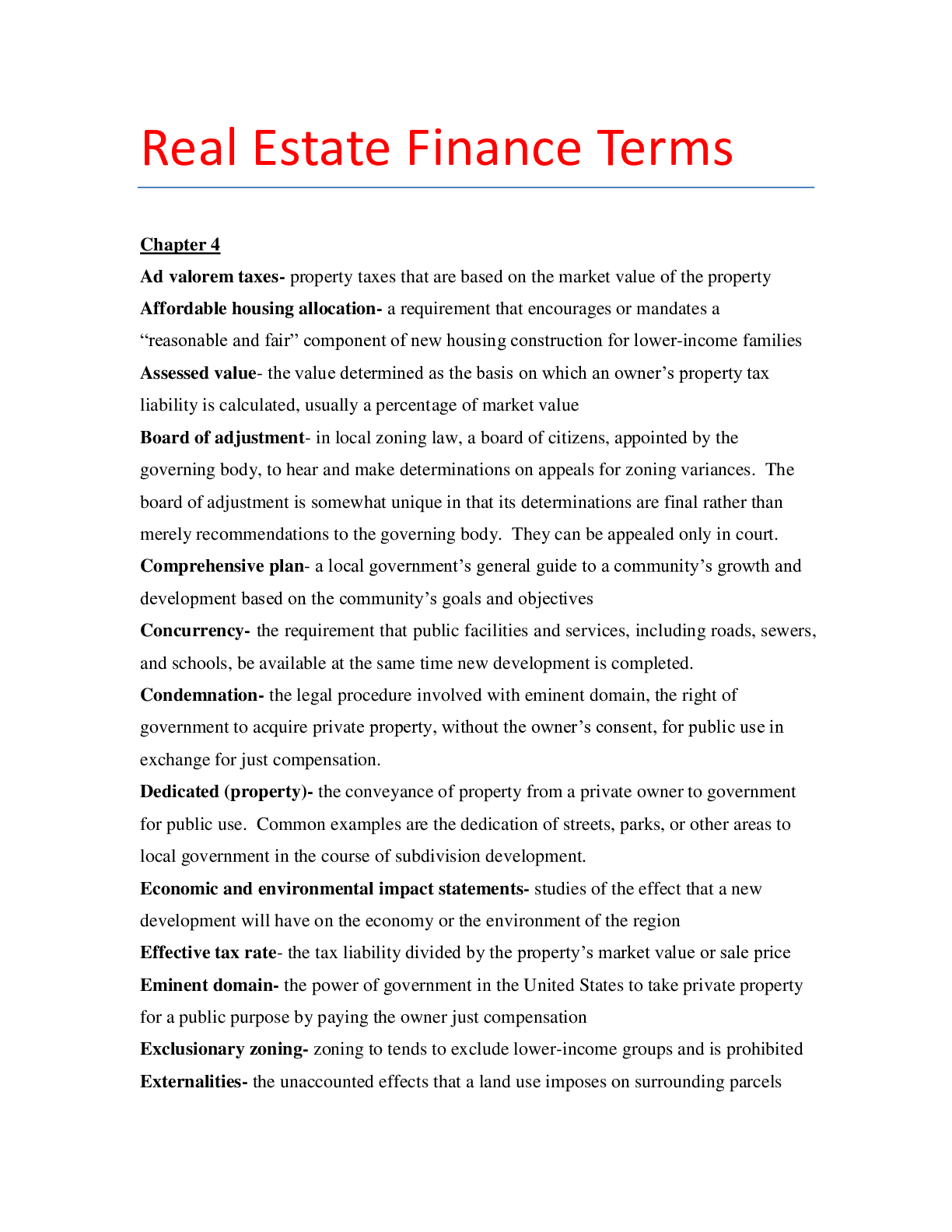







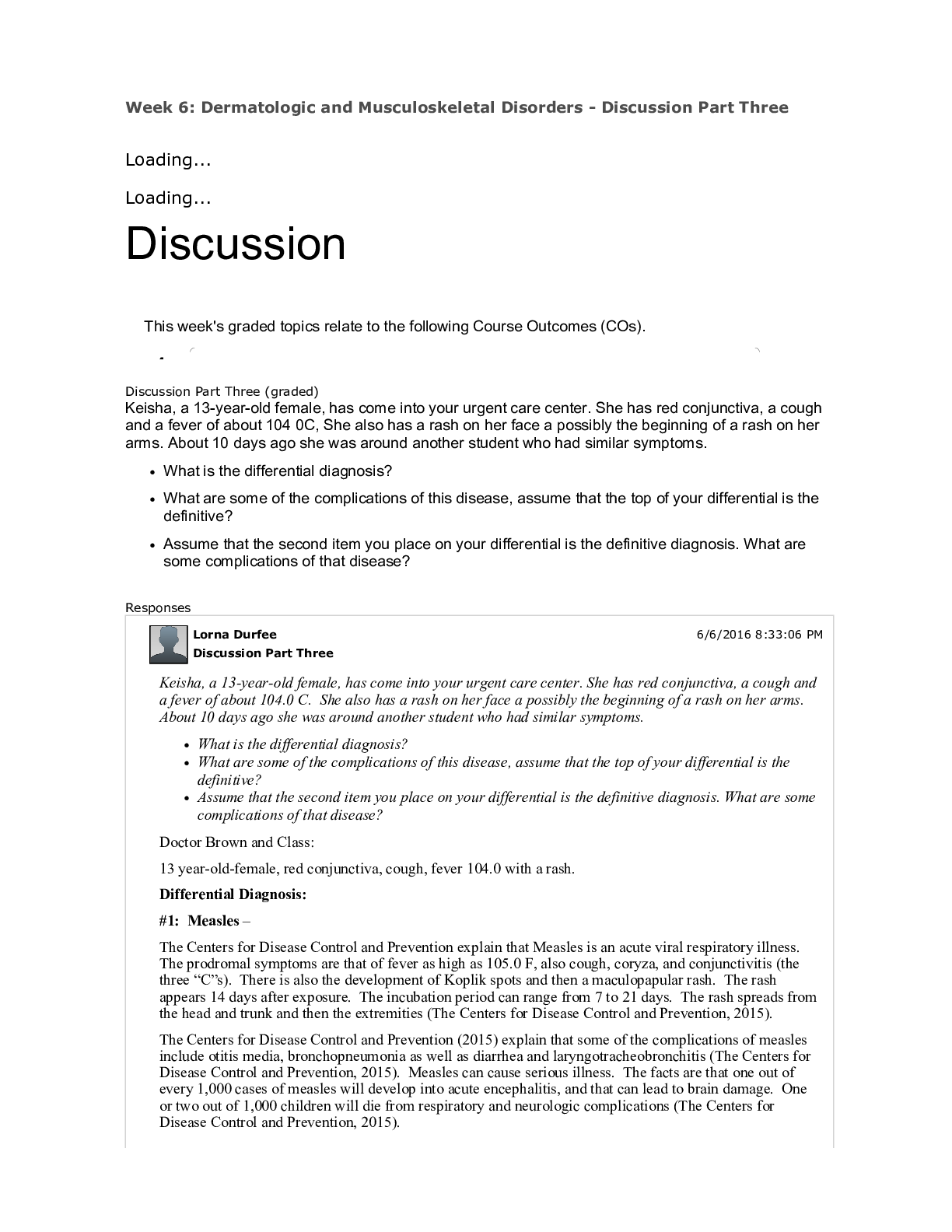

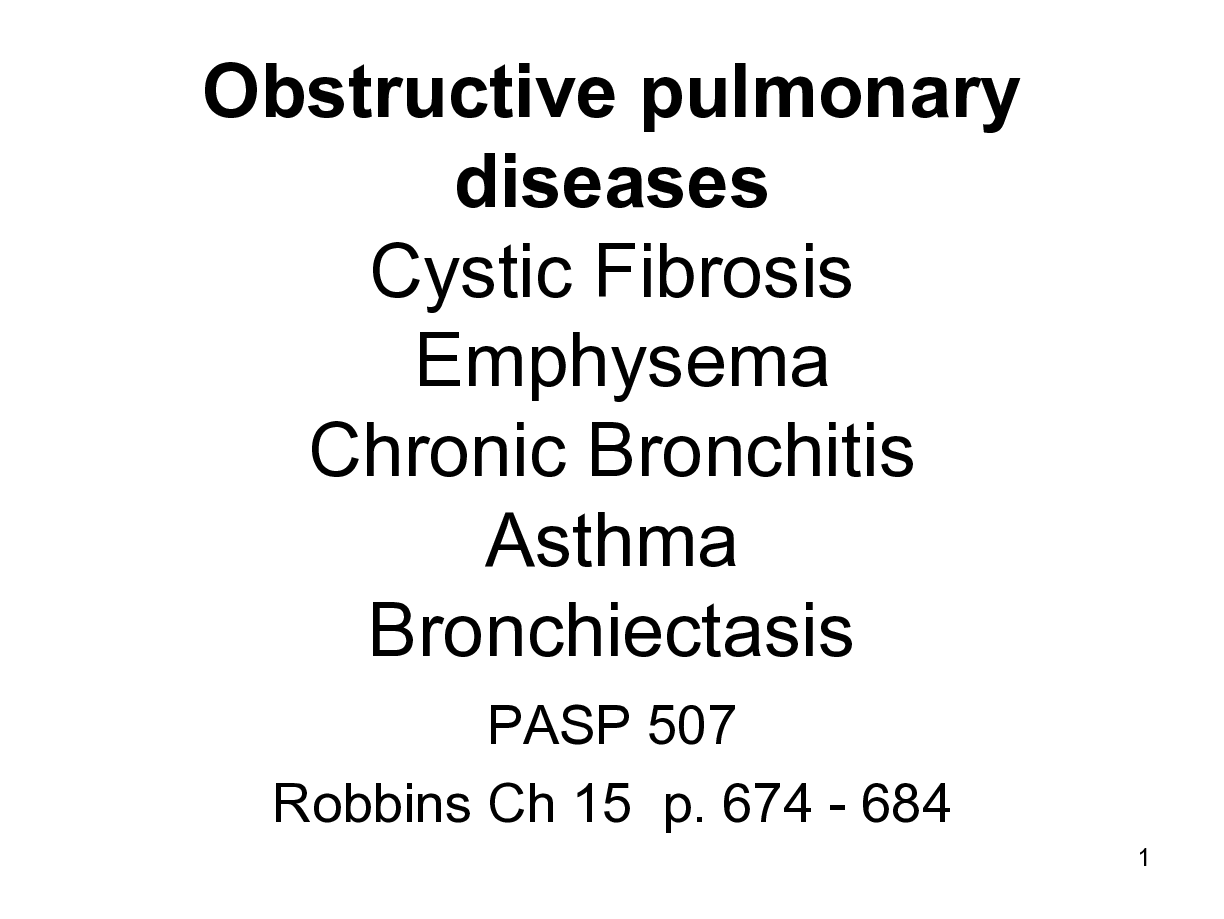




.png)
